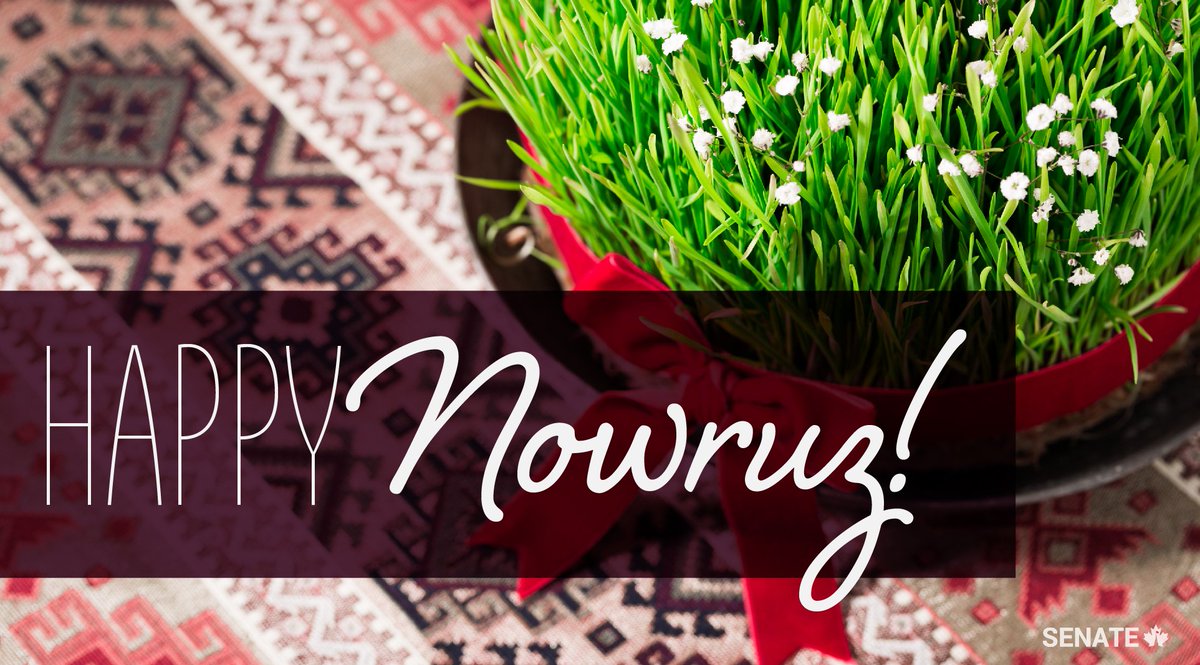Noruz Mobarak! Happy Persian New Year!

Spring is just around the corner and the first day of spring, March 20th, is also the Persian New Year, Noruz! This year, the Museum of Fine Arts Boston is holding their annual Noruz celebration virtually on March 22nd from 7-8pm. Information about the event can be found here.
In Farsi, no’ means new and ruz (rooz) means day, so Noruz translates to a New Day. Noruz is an ancient celebration that dates back over three thousand years. Although the festivities are secular, and celebrated around the world by Parsis, Persian Jews, Christians, Baha’is, and Muslims, Noruz is rooted in the traditions of Zoroastrianism.
One example of its Zoroastrian origins is Chaharshanbe Suri, a bonfire celebration which takes place on the last Wednesday (Chaharshanbe) before Noruz (March 17th). During the festivities, people jump through small bonfires as an act of purification for the new year. The fire is a central symbol in Zoroastrian tradition, and represents Ahura Mazda or the God of Light, signifying wisdom and purity.

The Noruz table setting, Haft-seen, is also laid out in every household. Each element is symbolic, such as the hyacinth representing spring, and sprouts representing rebirth. Below is the Obama family haft-seen at the White House in 2016:

Noruz is an international holiday and is now celebrated around the world; including Iran, U.S., Canada, France, Netherlands, Georgia, Albania, Azerbaijan, Kurdistan (in Iraq, Turkey, and Syria), Afghanistan, Tajikistan, Uzbekistan, Kazakhstan, Kyrgyzstan, Turkmenistan, Russia, and China.
If you are interested in learning more about Noruz, below are two articles and a guide on its history and traditions:
What is Nowruz? The Persian New Year Explained
Nowruz: Celebrating the New Year on the Silk Road
Happy Spring! And Noruz Mobarak!
نوروز مبارک
* * *
